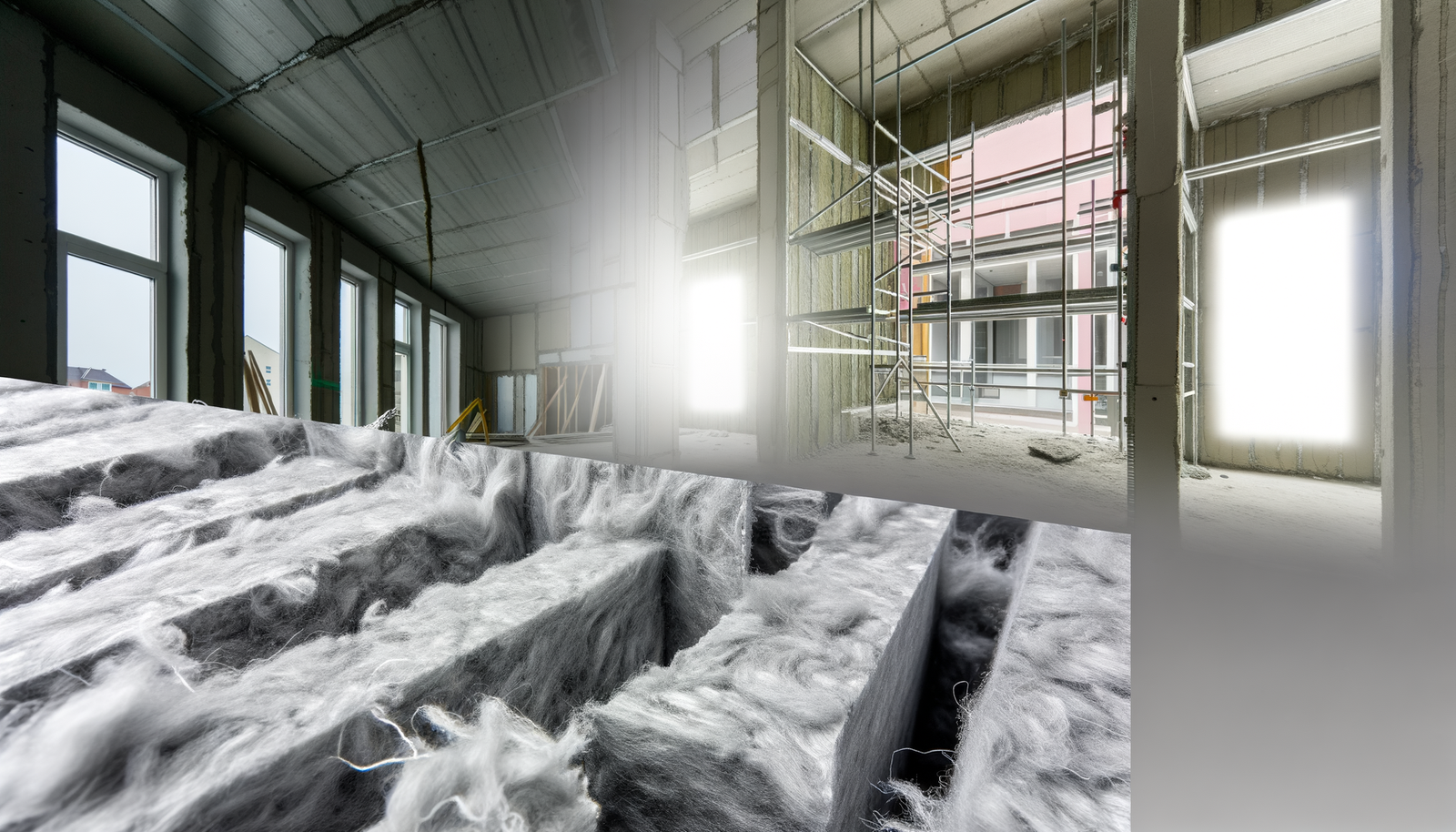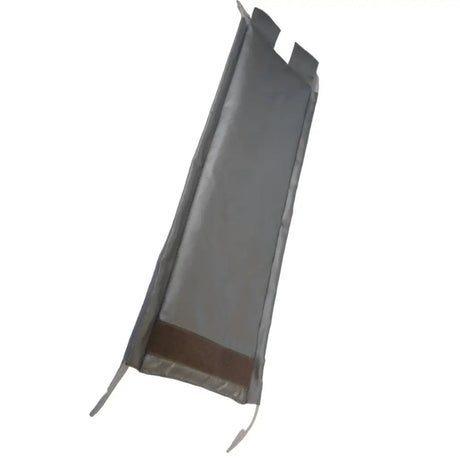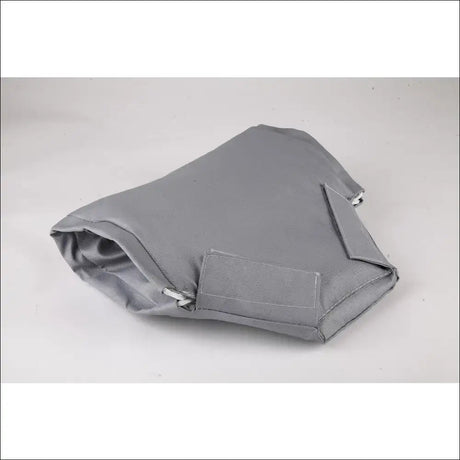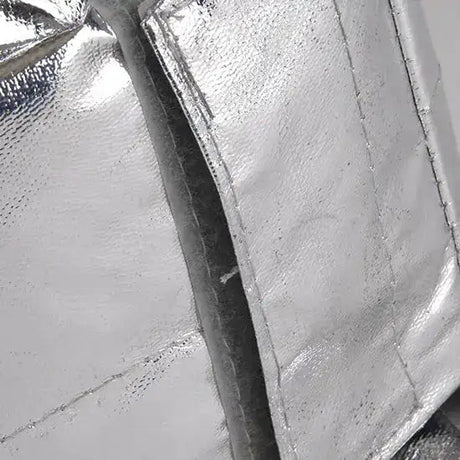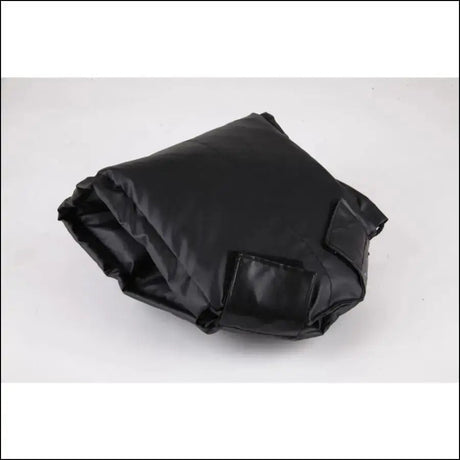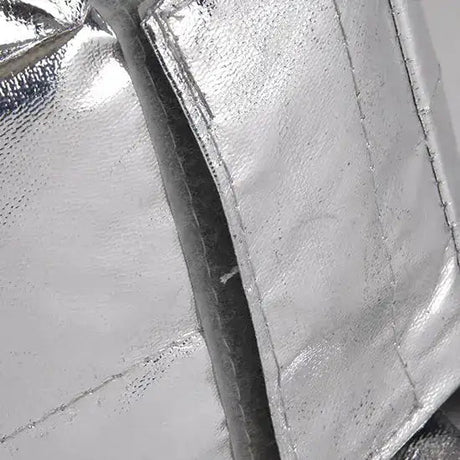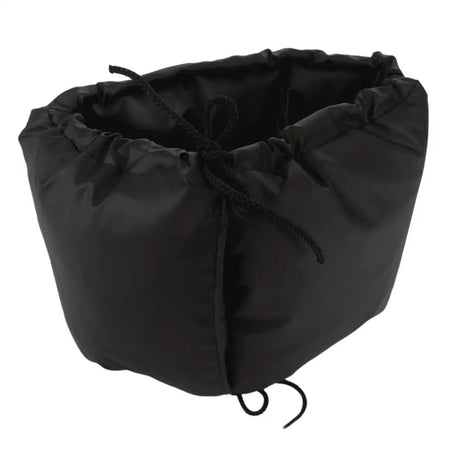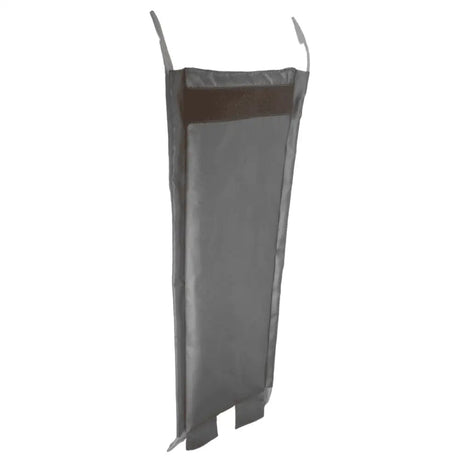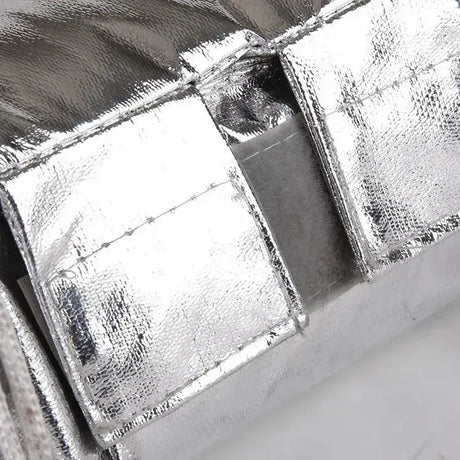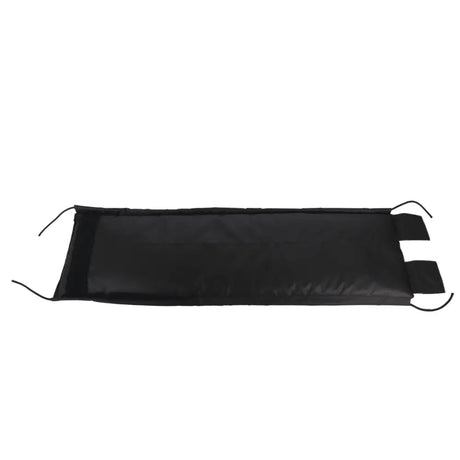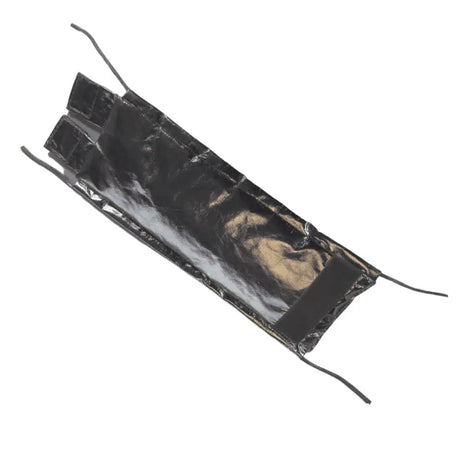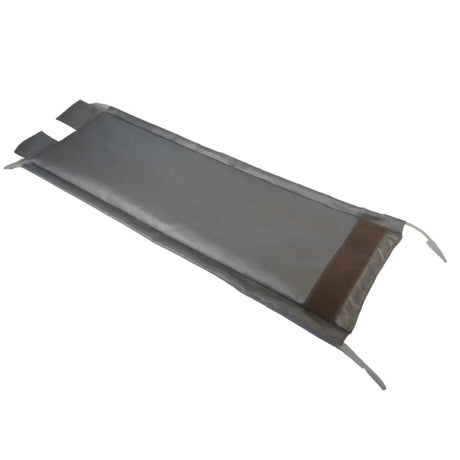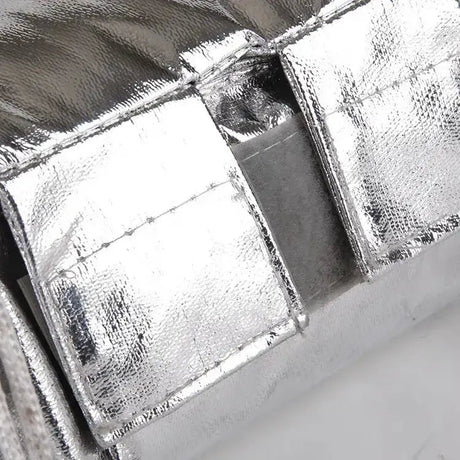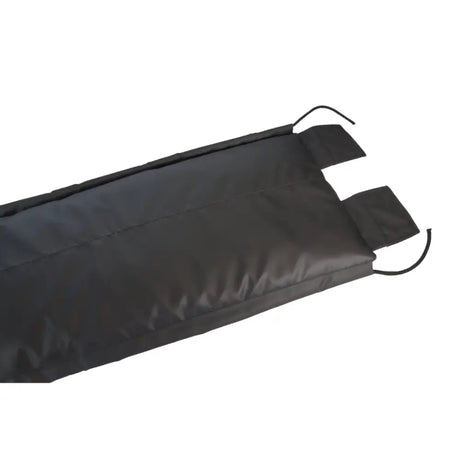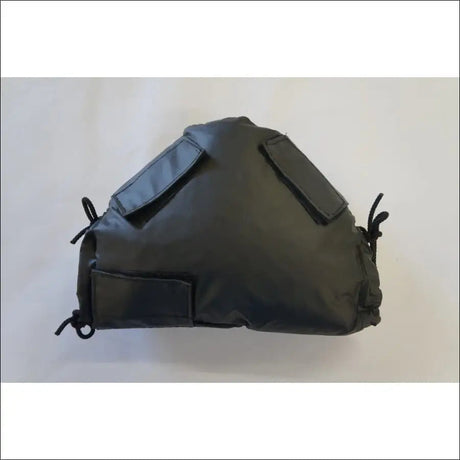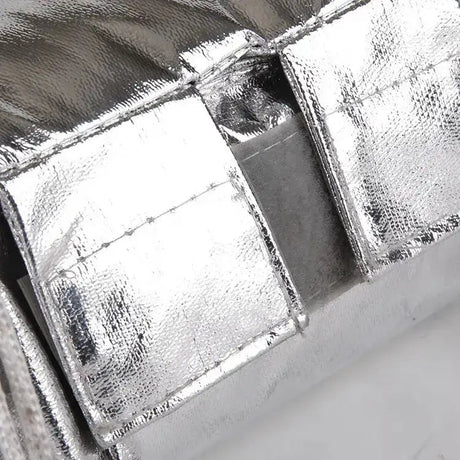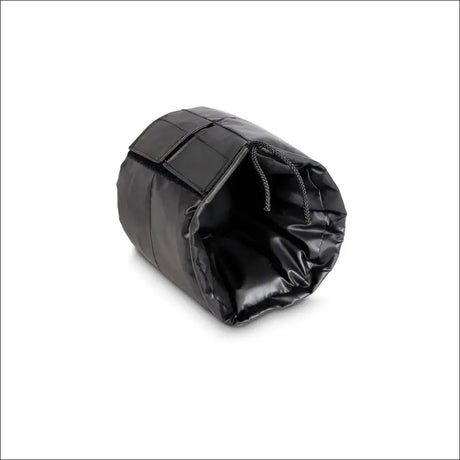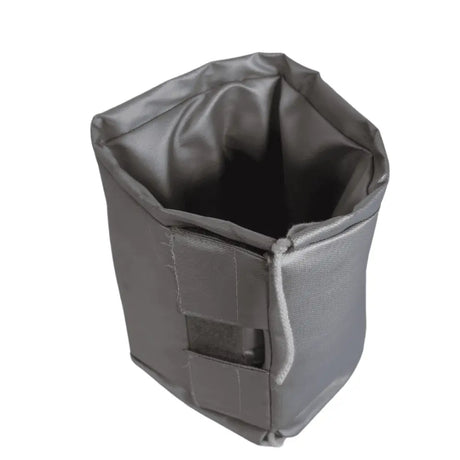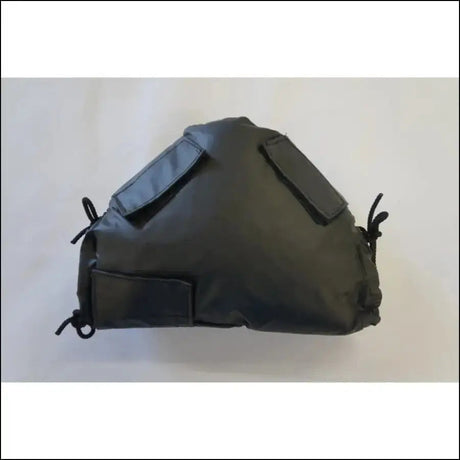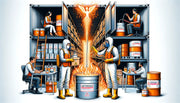In commercial and industrial settings, insulation is close to a necessity. It is the unsung hero that keeps your working environment comfortable and energy bills in check. It allows you to control the temperature within your workspace, whether that is a production factory floor or an office building. One of the most popular forms of insulation is mineral wool. But a common concern raised by builders, contractors, and property owners is, can mineral wool be left exposed? Let's dig deep into that question today.
To directly answer your question; mineral wool, technically, can be left exposed. However, there are safety and performance factors that you must consider. By understanding these factors and the properties of mineral wool, you can make an informed decision about your insulation use.
Mineral Wool: A Brief Overview
Mineral wool, also known as rock wool or slag wool, is a type of insulation produced from rocks and minerals. The raw materials undergo a melting and spinning process, resembling the making of candy floss, which creates a lofty, fibrous material that is an excellent insulator. Let's look at the attributes that make mineral wool a popular choice for insulation.
| Properties of Mineral Wool | Benefits |
|---|---|
| High-density | Retains its shape over time, reducing long-term maintenance costs |
| Non-combustible | Resists fire and helps prevent its spread |
| Sound-absorbent | Reduces noise transmission, contributing to a quieter environment |
| Hydrophobic | Repels water, reducing the risk of damp, mildew, or rot |
Is It Safe To Leave Mineral Wool Exposed?
While we've already established that it is technically possible to leave mineral wool exposed, the real question is whether it's safe to do so. There are two main factors you need to consider: Safety of people and the Safety of the insulation itself.
Safety of People
Mineral wool fibres are tiny, sharp shards that can be harmful if they come into contact with skin or are inhaled. They can cause itching, skin irritation, and even breathing problems if not adequately controlled. The Health and Safety Executive (HSE) in the UK recommends enclosing mineral wool to avoid exposure to loose fibres.
Safety of the Insulation
Exposing mineral wool to constant foot traffic or frequent contact could result in the insulation getting compressed or damaged. Compromised insulation has reduced efficacy and will not provide the same level of thermal or acoustic performance. Hence, it is recommended to cover or enclose mineral wool to protect its longevity.
Covering Options for Mineral Wool Insulation
Should you decide to cover your mineral wool, a variety of options are available. Depending on your specific requirements and the area to be insulated, you could opt for the likes of plasterboard, plywood or foil-facing.
-
Plasterboard: A plasterboard covering provides a smooth, aesthetic finish, making it an ideal choice for interior walls or ceilings. Plus, it creates a solid barrier against loose fibres.
-
Plywood: For a more robust protection, especially in areas exposed to potential impact, a plywood cover would suffice.
-
Foil-facing: Foil-facing combines the insulating properties of mineral wool with a radiant barrier to reflect heat, maximising the insulation's effectiveness in managing temperatures.
Whether you wish to leave your mineral wool exposed or opt to cover it for enhanced safety and performance, the choice ultimately boils down to your specific circumstances and insulation needs.
Conclusion
In conclusion, while mineral wool insulation can technically be left exposed, doing so may compromise the safety of people and the insulation's performance. Using a covering solution such as plasterboard, plywood or foil-facing can mitigate these risks, maximising the safety and effectiveness of your insulation. However, always assess your unique circumstances and consult with insulation experts in order to make the best decision for your workspace.
FAQ: Mineral Wool Insulation Exposed
Can mineral wool insulation be left exposed?
Yes, mineral wool insulation can technically be left exposed. However, for health and safety reasons, as well as to maintain its effectiveness, it is recommended to cover it.
What are the health risks associated with exposed mineral wool?
Exposed mineral wool can lead to skin irritation and itching due to contact with its fibers. Additionally, if these fibers are inhaled, they can cause respiratory issues. Therefore, it's advisable to limit exposure and handle mineral wool with care.
How does covering mineral wool insulation benefit its performance?
Covering mineral wool insulation helps in maintaining its effectiveness by protecting it from damage, compression, and contamination. This ensures it retains its thermal and acoustic insulating properties over time.
What are some suitable materials for covering mineral wool insulation?
Suitable materials for covering mineral wool include plasterboard for interior finishes, plywood for areas needing robust protection, and foil-facing to enhance thermal performance by reflecting heat.
Is mineral wool insulation fire-resistant?
Yes, mineral wool insulation is non-combustible and has excellent fire-resistant qualities. It can withstand high temperatures and contribute to fire safety by reducing the spread of flames.
How does mineral wool compare to other insulation materials in terms of safety when left exposed?
Compared to some other insulation materials like fiberglass, mineral wool has similar risks in terms of fiber inhalation and skin irritation. However, its non-combustible nature makes it safer in fire-prone areas. Nonetheless, covering any insulation material, including mineral wool, is generally best for safety and performance.
Can leaving mineral wool exposed affect my building's energy efficiency?
Yes, if mineral wool insulation gets damaged or compressed due to being left exposed, its thermal resistance can decrease. This reduction in insulation efficiency means that more heat can escape in winter or enter in summer, leading to higher energy consumption and costs. Covering mineral wool helps preserve its insulating properties and energy efficiency.

